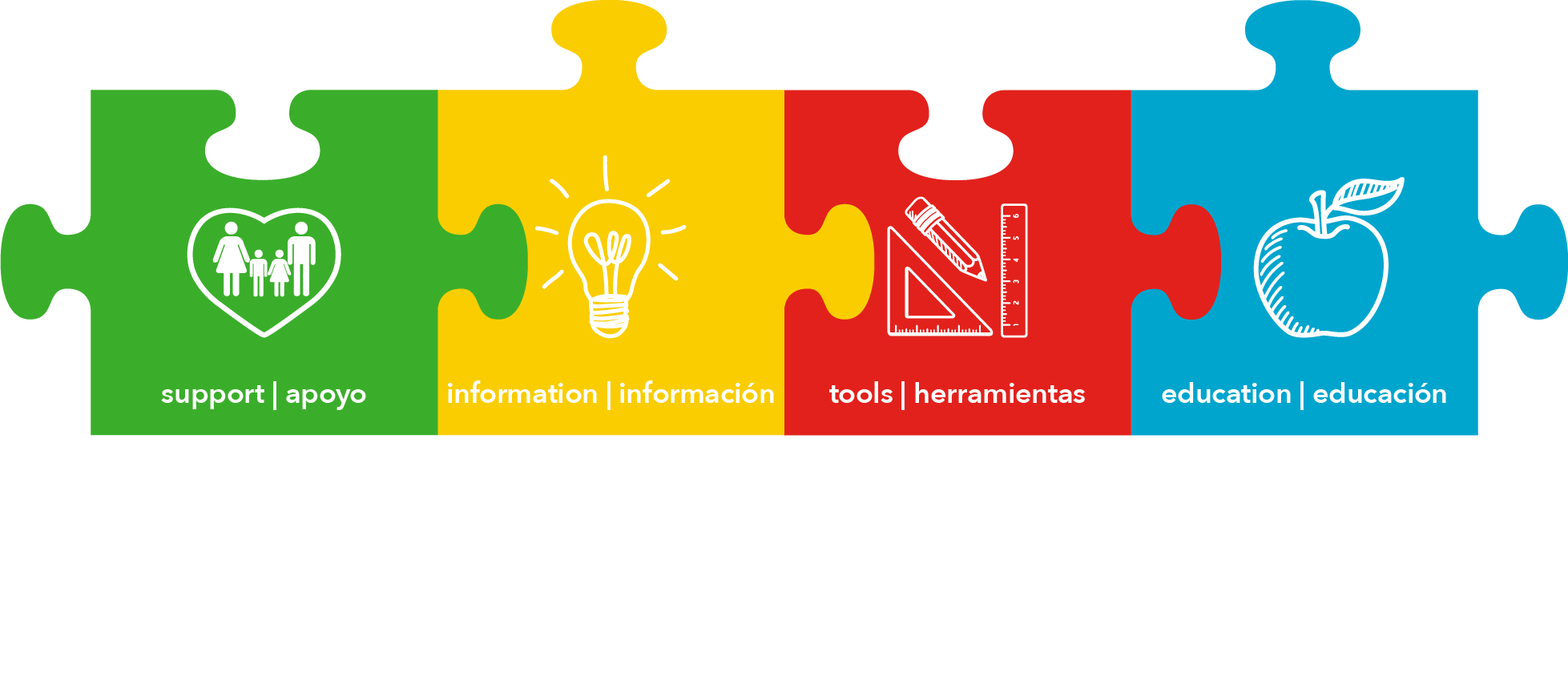Here are some things to consider to help make your visit as safe as possible
When to delay or cancel a visit
- Delay or cancel a visit if you or your visitors have symptoms of COVID-19 or have been exposed to someone with COVID-19 in the last 14 days.
- Anyone who has had close contact with a person with COVID-19 should stay home and monitor for symptoms.
In general, the more people you interact with, the more closely you interact with them, and the longer that interaction, the higher the risk of COVID-19 spread. So, think about:
- How many people will you interact with?
- Can you keep 6 feet of space between you and others?
- Will you be outdoors or indoors?
- What’s the length of time that you will be interacting with people?
Encourage social distancing during your visit
- Visit with your friends and family outdoors, when possible. If this is not feasible, make sure the room or space is well-ventilated (for example, open windows or doors) and large enough to accommodate social distancing.
- Arrange tables and chairs to allow for social distancing. People from the same household can be in groups together and don’t need to be 6 feet apart from each other.
- Consider activities where social distancing can be maintained, like sidewalk chalk art or yard games.
- Try to avoid close contact with your visitors. For example, don’t shake hands, elbow bump, or hug. Instead wave and verbally greet them.
- If possible, avoid others who are not wearing masks or ask others around you to wear masks.
- Consider keeping a list of people you visited or who visited you and when the visit occurred. This will help with contract tracing if someone becomes sick.
Wear masks
- Masks should be worn over the nose and mouth. Masks are especially important when it is difficult to stay at least 6 feet apart from others or when people are indoors to help protect each other.
- Masks may slow the spread of the virus and help people who may have the virus and do not know it from transmitting it to others
- Wearing a mask helps protects others in case you’re infected, while others wear one to protect you should they be infected.
Who should NOT use masks:
- Children under age 2 or anyone who has trouble breathing, is unconscious, or is incapacitated or otherwise unable to remove the mask without assistance.
Wash hands often
- Everyone should wash their hands for at least 20 seconds at the beginning and end of the visit and whenever you think your hands may have become contaminated.
- If soap and water are not readily available, such as with outdoor visits or activities, use a hand sanitizer that contains at least 60% alcohol. Cover all surfaces of your hands and rub them together until they feel dry.
- Remind guests to wash or sanitize their hands before serving or eating food.
- Use single-use hand towels or paper towels for drying hands so visitors do not share towels. Have a no-touch trash can available for guests to use.
Limit contact with commonly touched surfaces or shared items
- Encourage your visitors to bring their own food and drinks.
- Clean and disinfect commonly touched surfaces and any shared items between use.
- If you choose to use any shared items that are reusable (e.g., seating covers, tablecloths, linen napkins), wash, clean and sanitize them after the event.



